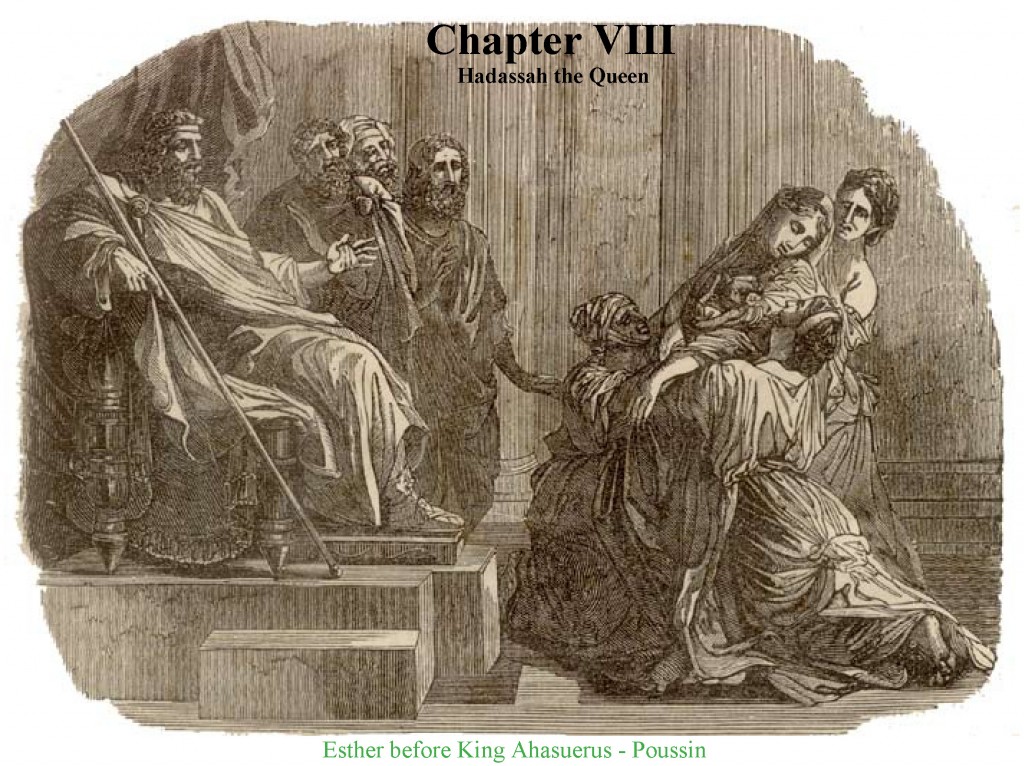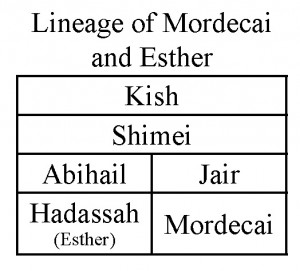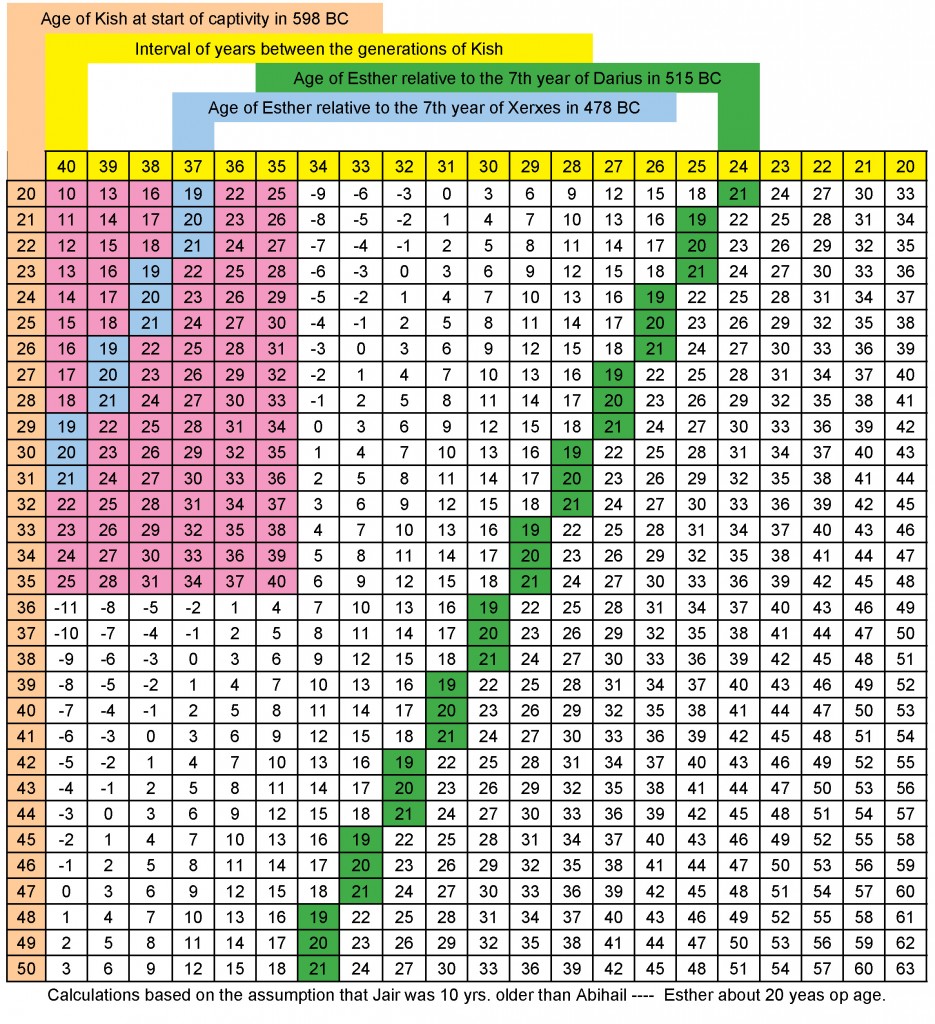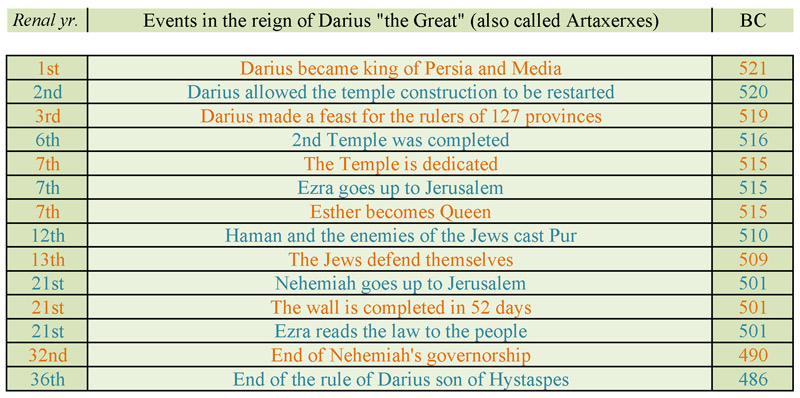An Open Letter To Arno Froese, Chuck Missler, David Reagan, Dave Hunt, Tim LaHaye , Hal Lindsey, Todd Strandberg, Terry James, Jack Kelley, Sean Osborne
Dear Prophecy Teachers,
Just over twenty years ago, I attended my first prophecy conference in Orlando, Florida. My mother, bless her heart, knew of my interest in Bible prophecy and for my eighteenth birthday she bought me a plane ticket to the Orlando conference. That gift and the subsequent weekend was, in part, the catalyst for a lifelong love of Biblical history and Bible prophecy. I will never forget stepping into the conference room that first day and realizing I was the only young person there. That fact was the impetus for one of the highlights of that day; during lunch break that day, Arno Froese and Texe Marrs invited me to lunch. Their graciousness and genuine interest was something I will never forget.
Gentlemen, some of you are considered the patriarchs of Bible prophecy of my generation. If there is one point, besides the expectation of Yeshua’s return, that you have stressed over the years it was that each of us are responsible, as Bereans, to search the Scriptures to see if what you’ve taught is based upon a sound Scriptural foundation. That admonishment is the reason for this letter.
Of all the prophecies in the Bible, Daniel’s Seventy Weeks (Daniel 9), is the only one which links the coming of the Messiah with specific dateable events. This prophecy is also a cornerstone for a large part of today’s eschatological thought. Without Daniel 9, we would have to reconsider much of what we believe about the 7 year “covenant,” the “tribulation,“ and the “anti-christ.” Our understanding of the Book of Revelation would also have to be changed. To put it bluntly, without the prophecy of Seventy Weeks most of us would not recognize Bible prophecy as we know it today.
This brings me to a troubling question concerning many of the teachings on Daniel 9. Most lay the chronological foundation for Daniel 9 upon the belief that Ezra and Nehemiah were contemporaries of “Artaxerxes” Longimanus. Considering this chronology is the foundational premise of most interpretations, it would be reasonable to assume its factual basis would be established on a footing commensurate with its importance. How many have adequately addressed the following Scriptural challenges the chronology of Ezra and Nehemiah present to the premise that Artaxerxes = Longimanus:
- Ezra 6:13-14
- The two “Artaxerxes” in the book of Ezra. (One of them was an imposter)
- Historically Darius “the Great” was known as “Artaxerxes”.
- The natural chronological flow between Ezra 6 & 7
- The death of Ezra’s father Seraiah.
- The age of the Jewish leaders who returned with Joshua and Zerubabbel
- Talmon and Akkub the porters.
- The contemporaneous relationship of Ezra and the high priests.
- The “Queen” mentioned in Nehemiah
Gentlemen, the evidence shows that by no reasonable rendering of the Old Testament chronological facts could Ezra and Nehemiah have been contemporaries of “Artaxerxes” Longimanus. It is time to deal with the implications of the evidence. Surely, the greatest messianic prophecy of the Scripture deserves a better foundation than the one it has been given.
In closing, let me say that at no point in the past forty one years of my life have I been more convinced that we are living in the generation that will see the literal return of Yeshua. I also believe, despite the challenges which need to be addressed above, Daniel 9 and the Seventy Weeks prophecy proves beyond a reasonable doubt that Yeshua is the Messiah promised in the Scriptures.
Sincerely,
William Struse
Authors Note: Over the coming weeks I will be writing a series of articles on the 2nd temple era chronology as it relates to Daniel 9 and the Seventy Weeks prophecy.
The “Artaxerxes” Assumption – The best kept secret of Old Testament chronology.
The Fifth Command – Why do prophecy teachers ignore it?
Ezra: Priest & Scribe – Part I – Defining “Artaxerxes” in the context of Ezra.
Ezra: Priest & Scribe – Part II – Ezra, Darius even “Artaxerxes”.
Nehemiah: The Governor– Nehemiah’s place in the 2nd temple chronology
Queen of Persia – Part I – Defining Esther is the context of the 2nd Temple era.
Queen of Persia – Part II – Defining Esther is the context of the 2nd Temple era.
A New Testament Cipher – The key to unlocking the prophecy of Daniel’s 70 Weeks.
Ezekiel’s 13th Month– Key to understanding Biblical “time” in the 2nd Temple era
6 milestones – Seventy Weeks – Defining the purpose of the Messiah within Daniel’s 70 “weeks”.
The Messiah Factors (Part I): Decoding 13 & 14 – Symbolism of the Messiah
The Messiah Factors (Part II): The Countdown – Proving Yeshua/Jesus is the Messiah promised in Daniel 9.







